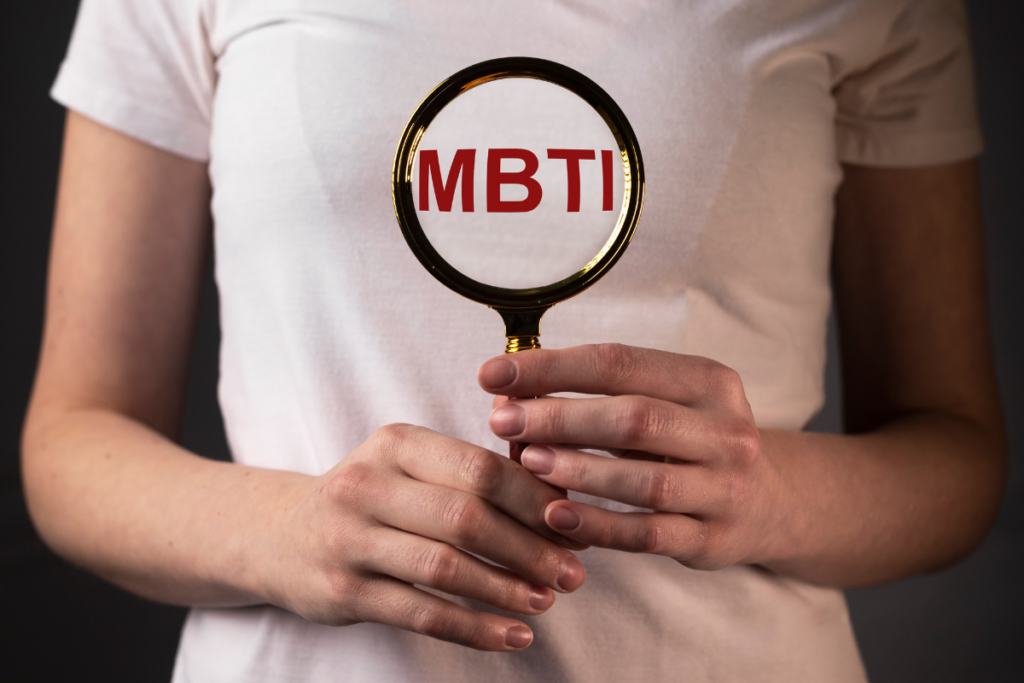Build a Successful Team, Know Where Your People Thrive

If I asked you to describe the work styles of the colleagues on your team, could you tell me how each one prefers to solve problems? Do you know where greater diversity in thought and attitude is needed and what type of people would complement the current mix of personalities?
We tend to focus more on what employees do than on how or why they do it. For example, the answer to the question “Tell me about a project that you’re proud of” usually gets more weight in a job interview than the response to “Describe what you like best and least about your most recent position.”
Of course, it’s important to consider skills. But by paying close attention to your team’s emotions and behavior, you will improve your ability to put staffers in the right seats and keep them engaged and motivated.
Here’s an illustration of this idea from my experience. We were working on a system selection and installation with a recently promoted IT manager. “Sue” was tapped to head the department because of her knowledge of the current AMS and her passion for, and scrupulous maintenance of, the data.
In her previous role, Sue had limited interaction with other teams in the organization. Her new responsibilities required gathering ideas from employees in every department. When we met to discuss her findings, we discovered that Sue was extremely uncomfortable assimilating her colleagues’ suggestions into the work plan. She was so protective of “her” data that she had trouble inviting anyone who she deemed less knowledgeable into the conversation.
The skill that got her promoted wasn’t balanced by the emotional readiness or sensitivity to undertake her new responsibilities. If her supervisor had recognized Sue’s weaknesses, she could have been coached to build the strengths she needed to succeed. That intervention would have saved considerable effort and resources.
Value the Human Touch
Lately, I’ve been writing about the value of emotional intelligence, especially as it supports and improves the use of expanding technology. EI is the ability to understand and manage your own behavior and motivations as well as those of the people around you.

Satya Nadella, CEO of Microsoft said this about the importance of being emotionally present. “The key to leadership in the digital age is empathy. In a world that is filled with data, algorithms, and artificial intelligence, the human touch is what matters most.”
Reid Hoffman, co-founder of LinkedIn made this observation. “The ability to understand and manage emotions of yourself and others is a critical life skill. It can make the difference between success and failure, both in your personal life and professional life.”
See this post for a description of the five skill sets where people who are emotionally intelligent excel. In addition to being important for leaders like the CEO and the CTO, EI can also help anyone to organize effective teams and give them the ability to successfully collaborate.
Our colleague, Hugh Lee, owner of Fusion Productions, had this advice on the value of correctly matching people and responsibilities. “The digital age is all about leadership. It’s the style of the CEO and executive team that drives the governance and the culture. Jim Collins advises—get the right people on the bus and the rest will take care of itself. You can have the best governance model, but with the wrong people on the team, you won’t be successful.”
Understand Current Dynamics
If you find reading people as mysterious as reading tea leaves, the Myers-Briggs Inventory offers a good way to ease into a greater understanding of yourself, your colleagues, and the personality dynamics that are influencing your environment. It can also help you learn to recruit new hires who are the right fit for your team.
The MBTI is based on the work of Isabel Briggs-Myers and her daughter. The index identifies 16 personality types that represent combinations of these four contrasting behavior preferences—introvert versus extrovert, sensing versus intuition, thinking versus feeling, and judging versus perceiving. The distinctions between the pairs and among the categories are both nuanced and specific. I’m not going to try to explain them here. But you can learn more at this link.
The Myers-Briggs Foundation offers this perspective on the process. “MBTI personality types describe healthy, normal, and natural differences between people. The insights of personality type distinguish the natural differences between people and gives us positive language to discuss and respect these differences.”

Kevin Martlage, .orgSource Senior Consultant, is our expert at maximizing group potential. Along with years of corporate and nonprofit team building, Kevin is also a certified Myers-Briggs practitioner. He loves helping employees bring their best selves to a workplace that strives to support their most ambitious goals.
“The Myers-Briggs Inventory is a helpful tool in strengthening relationships on every level,” Kevin observes. “It identifies how people prefer to receive, assimilate, and act on information. The inventory is also a fun and effective way to ease into conversations about communication, behavior, trust, and other interpersonal issues that are important to keeping culture on track. But, even when an entire staff has not actually taken the inventory, the concepts can be used to create awareness about how to differentiate work styles and approaches.”
The MBTI offers a point of departure for a variety of different considerations and conversations about the human side of business. It can help you to:
- Increase self-awareness and gain a better understanding of your management style and how it might impact others.
- Improve communication and relationship-building among colleagues for better collaboration.
- Encourage the professional growth and development of team members by identifying motivations and preferred learning styles.
- Build trust and confidence among team members by supporting their ability to interact more effectively.
- Create a dynamic culture by promoting diversity and identifying strategies to manage a variety of work and management styles.
That last bullet is important. We all tend to label. The various personality types are not static. They represent preferences that may grow and change with experience. People sometimes have different outcomes on the inventory depending on when it is administered. The goal is not to pigeonhole; it is to use this information to build an environment that welcomes and thrives on multiple approaches and outlooks.
Sometimes leaders find themselves locked in an ongoing struggle to get what they need from their teams. Those executives have yet to discover the power of giving people what they need from you. Trust, the foundation for positive relationships, is always a two-way street.
Understanding preferences and how the individuals on your team prefer to interact and communicate makes space for that confidence to grow. It gives you the knowledge to help your team thrive. And, when you make your people successful, you inspire them to return the favor.

